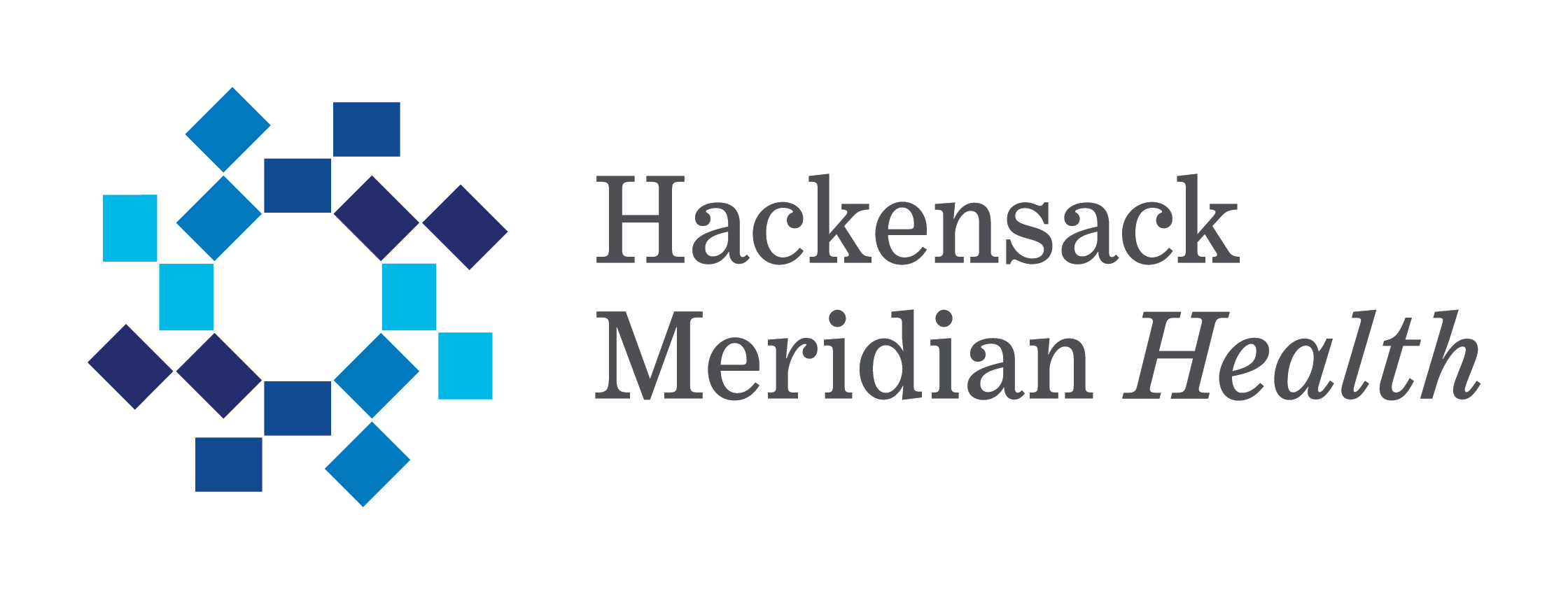Collaboration, simulation, coordination and support were keys to success during relocation to the new Helena Theurer Pavilion
While the Helena Theurer Pavilion — a 530,000-square-foot, state-of-the-art, nine-story medical and intensive care tower on the Hackensack University Medical Center campus — was nearing completion, excitement for opening day was building in the community and among team members.
But the real action was behind the scenes, where dedicated Hackensack Meridian Health team members were busy planning, coordinating and rehearsing a complex move into the new facility — ensuring an efficient, safe and seamless transition for patients while continuing to deliver the highest-quality care.
“A move of this magnitude is a herculean task that requires everyone - and everything - to come together at the same time to ensure that patients are comfortable and safe,” said Mark D. Sparta, FACHE, President & Chief Hospital Executive, Hackensack University Medical Center and President, North Region, Hackensack Meridian Health. “No detail was overlooked during the planning and execution of this move, and our entire team deserves recognition for their contribution and commitment to quality care.”
“We had this beautiful new building equipped with the latest technology, and we had to start by asking ourselves, ‘How can we function safely and efficiently in our new space while delivering an elevated standard of care?’” said Lucy Pereira-Argenziano, MD, Chief Quality Officer of the Northern Region for Hackensack Meridian Health. “We saw this move as an opportunity to make sustainable improvements in the patient and team member experience by challenging ourselves to question, ‘What can we do better?’”
According to Dr. Pereira-Argenziano, there were four key aspects to their successful move:
- Interdisciplinary collaboration.
From the beginning, Dr. Pereira-Argenziano said the move was a team effort.
“Just as leaders from across the hospital were involved in the facility design, they were also involved in planning every aspect of the move — from reviewing and vetting processes, to finding risk points, to maximizing efficiencies in our new space,” said Dr. Pereira-Argenziano.
- Simulation and education.
The team put their processes to the test before patients arrived in the new facility, using simulation to identify opportunities for improvements. The group also created an educational “passport” for team members to ensure they completed all required training and competencies before starting work in the new facility.
“There was so much excitement during our sessions, and it helped us to figure out the little things in advance — such as whether workflows were safe and efficient, supplies and equipment were in the right location and how to best engage with the technology,” said Dr. Pereira-Argenziano.
- Coordination.
On the day of the move, the team established a “command center” staffed by physicians, nurses, information technology experts, runners and team members in charge of monitoring capacity.
“This group orchestrated the movement of each patient, ensuring the right equipment and the right team members were by their side during the transport and the patient was settled in their new room before moving the next patient,” said Dr. Pereira-Argenziano. “Because we practiced this during a simulated ‘move day,’ we learned what works and what doesn’t — and as a result of our attention to detail, we did not have any safety events during our actual move.”
- Leadership support.
From planning through execution, Dr. Pereira-Argenziano said the support of executive leadership was critical to the success of the move.
“Executive leadership empowered our teams to speak up throughout the process — and most importantly, they listened,” said Dr. Pereira-Argenziano.
Since the move, patients and team members alike are having incredible experiences in the new Pavilion.
“There are so many moments when team members and patients feel grateful for the Pavilion. Larger rooms have enhanced patient mobility, and integrated technology has improved communication with family members. The environment throughout the tower is calming and therapeutic, from the floor-to-ceiling windows that let in an abundance of natural light to the absence of overhead paging, which provides patients with the quiet they need to rest and heal,” said Dr. Pereira-Argenziano. “For our team members, it’s not just a new space; it’s their new space — and that pride comes through in the patient care they provide.”

